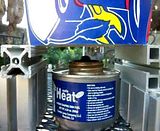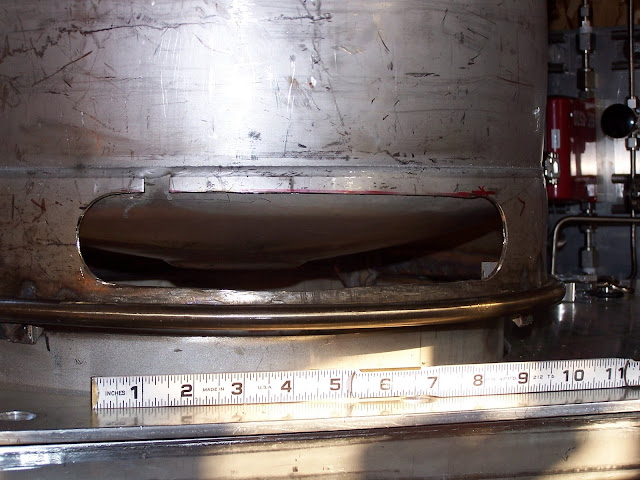Catt, since you're planning on running the tests on different days anyway, why not just top off the propane tank between the two runs so they both start at the same pressure? One more variable out of the equation.
No need to top off the propane tank between runs. The vapor pressure of propane is a function of its temperature, the same as a tank of CO2. The pressure will remain constant so long as there is some liquefied propane (or CO2) remaining in the tank. I will take measures to keep the tank reasonably close to the same temp for each test run.




